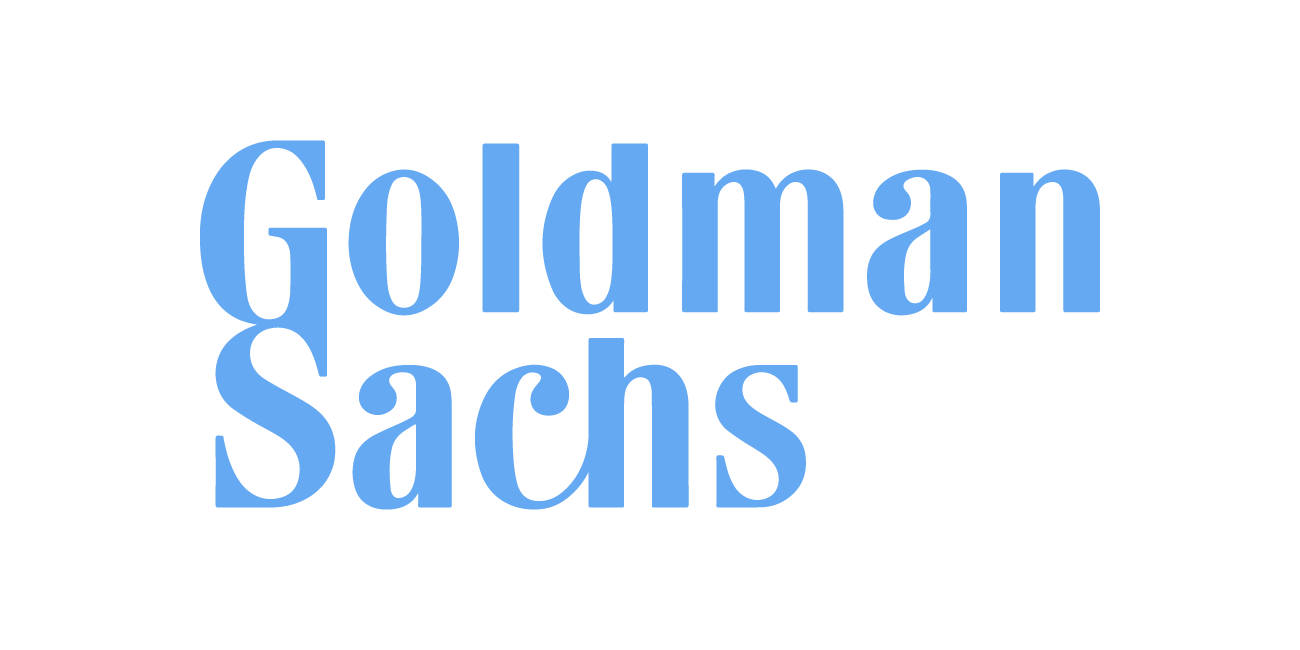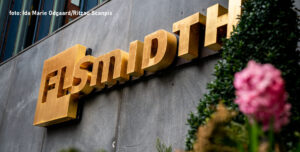”Throughout history, the commercialization of new forms of energy has given rise to fossil fuel conglomerates and renewable energy enterprises, powered energy-intensive technologies, and created new global investment opportunities. As countries now race to secure the massive amounts of energy needed for leadership in artificial intelligence, nuclear energy is newly positioned to meet the moment. When nuclear power initially rose to prominence during the Cold War, it became a defining feature of the era, symbolizing both existential threat and scientific triumph. In the decades after the Second World War, countries raced to develop civilian nuclear programs, lured by the promise of energy too cheap to meter. But after accidents like Three Mile Island, Chernobyl, and Fukushima, the momentum behind nuclear energy stalled. Public opposition surged, regulatory burdens grew, and innovation slowed. Today, nuclear energy makes up just 9% of the global electricity mix, down from approximately 18% in the late 1990s. After decades of underinvestment, a convergence of generational technological breakthroughs, intensifying geopolitical competition, and the need for clean, dense, reliable power are positioning nuclear energy for a renaissance. But the next nuclear age will look different from the last.”
Læs hele analysen her
Morten W. Langer



